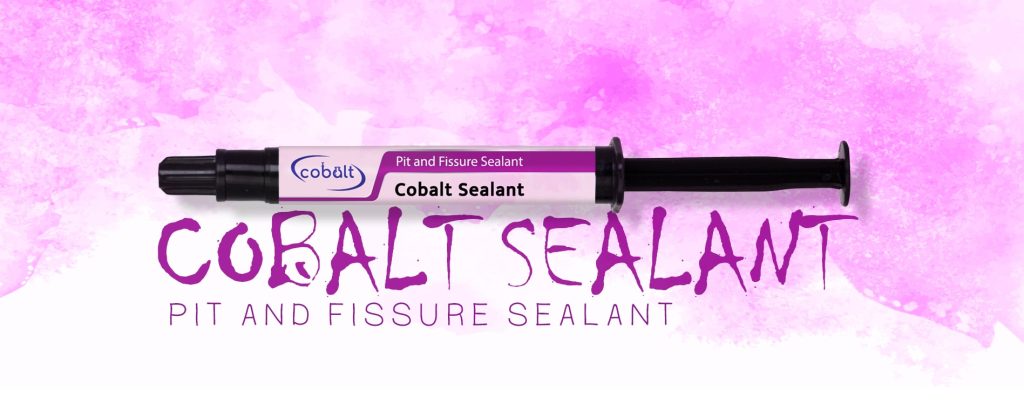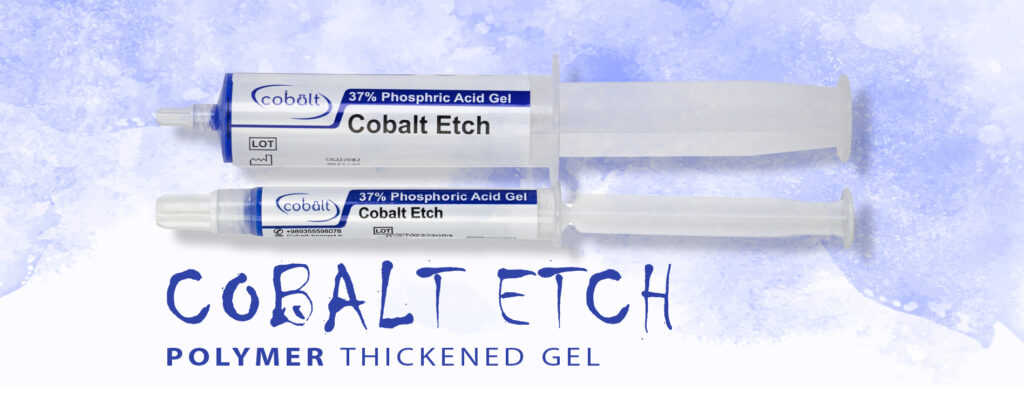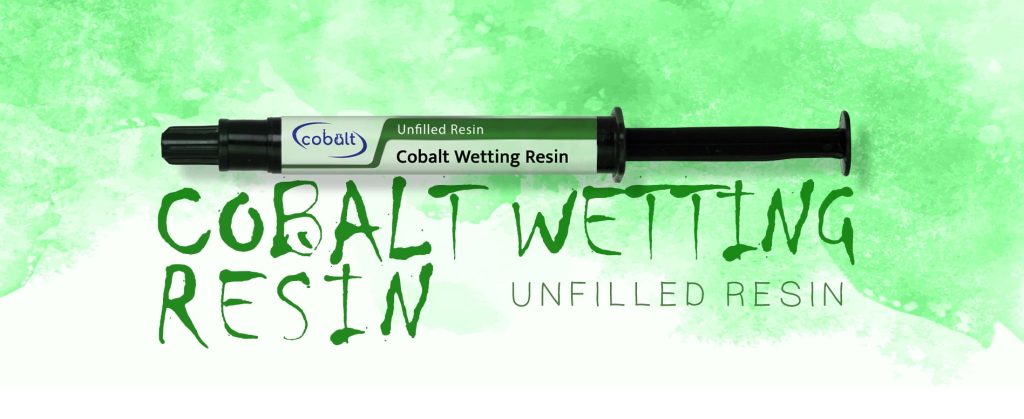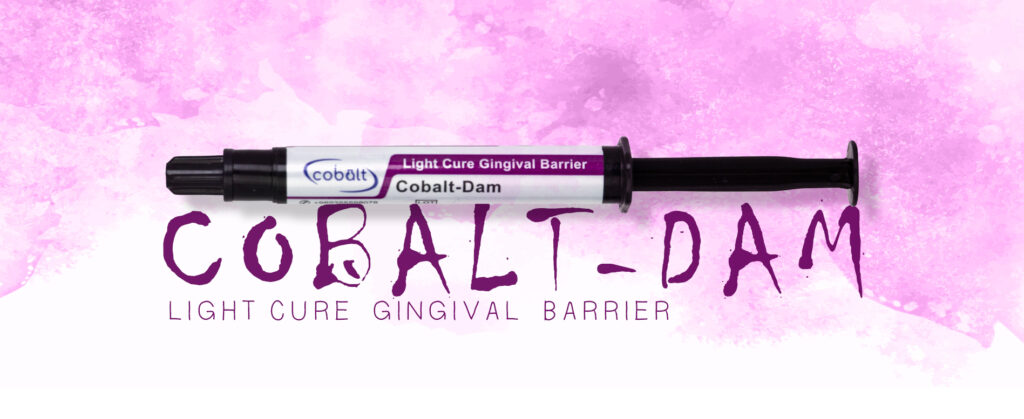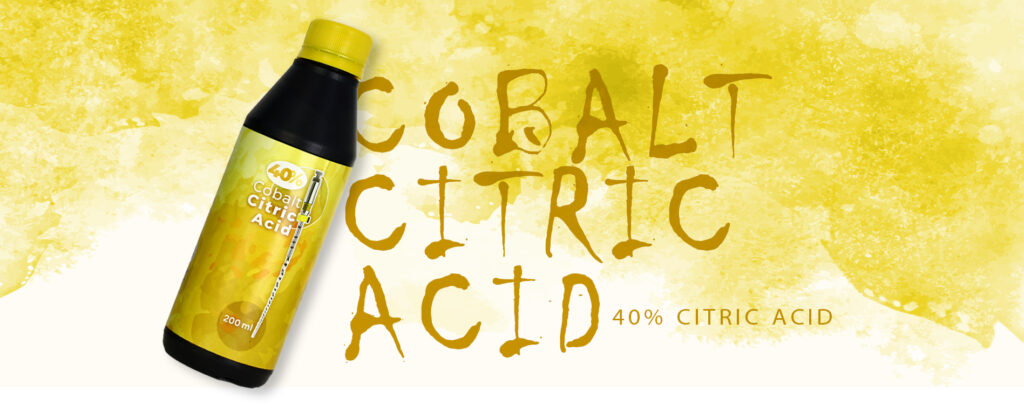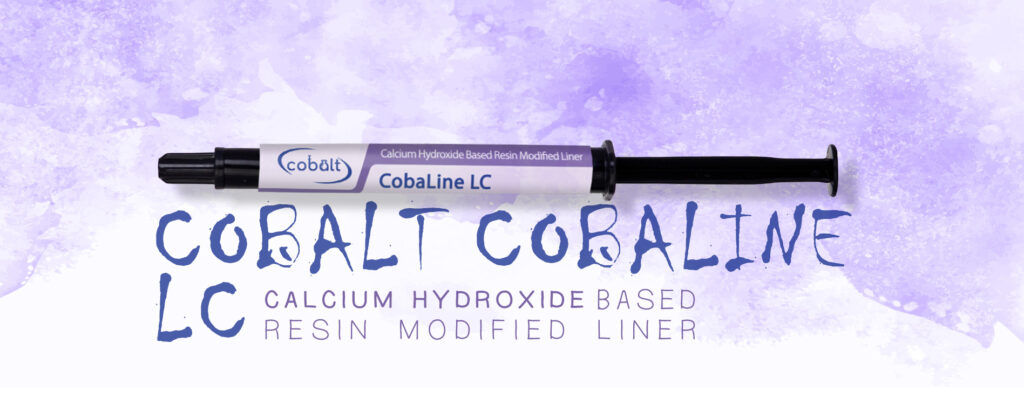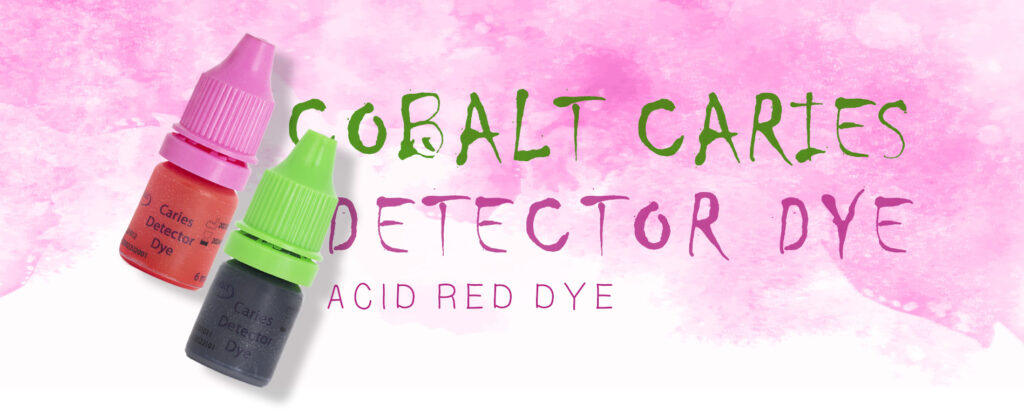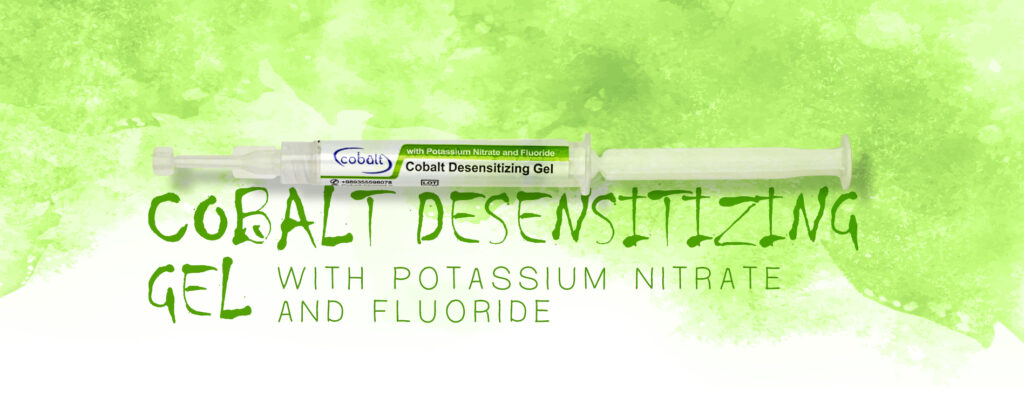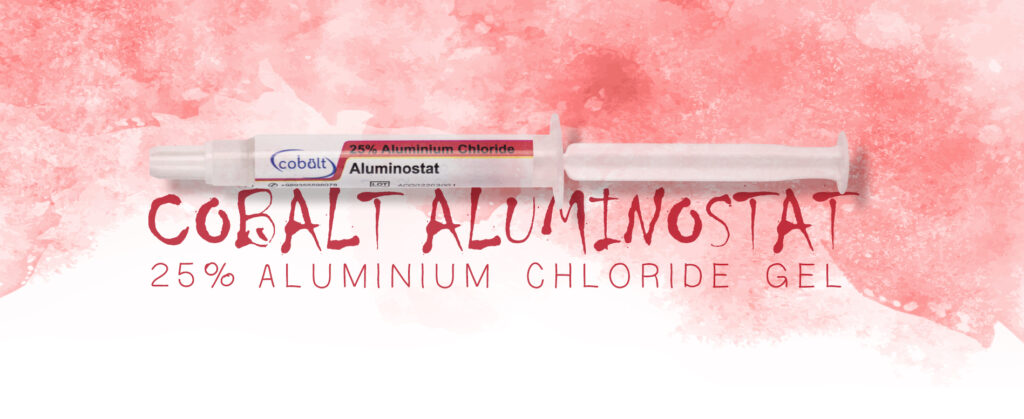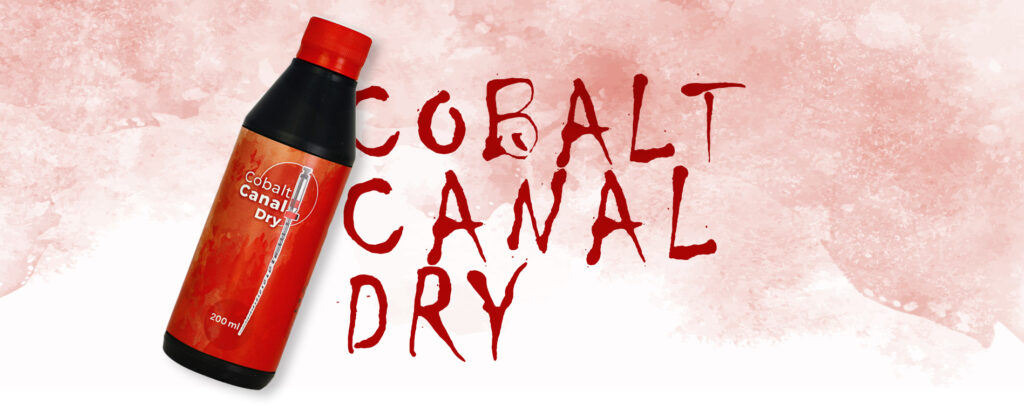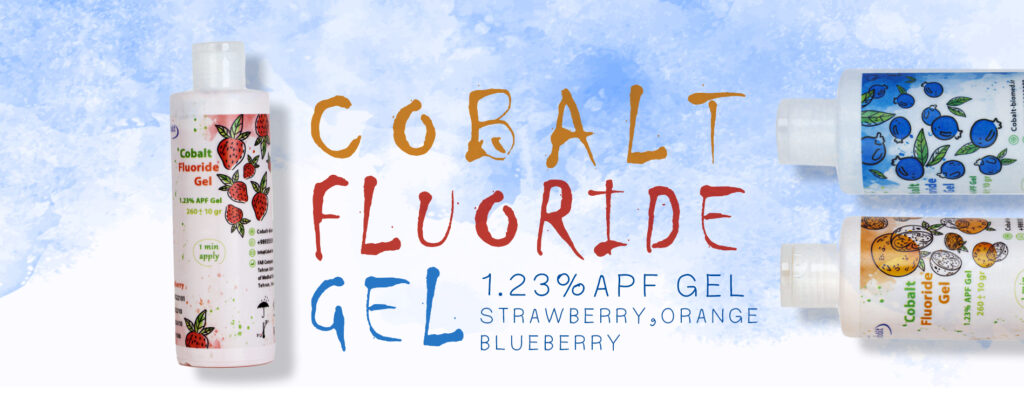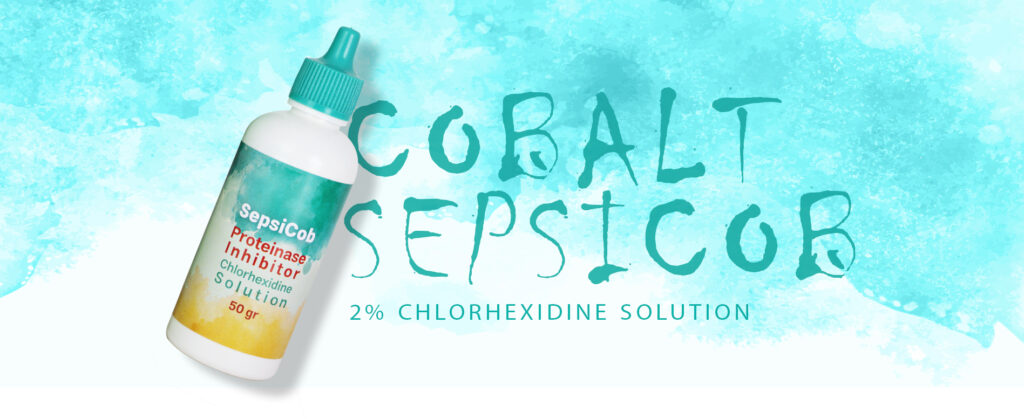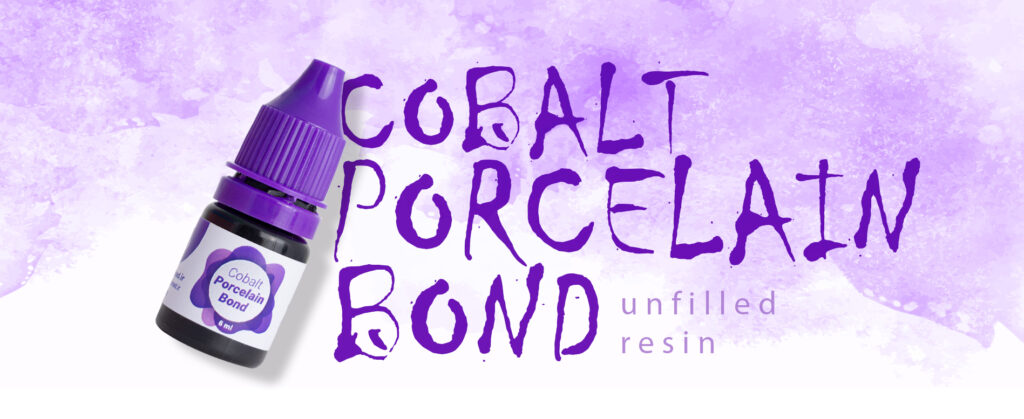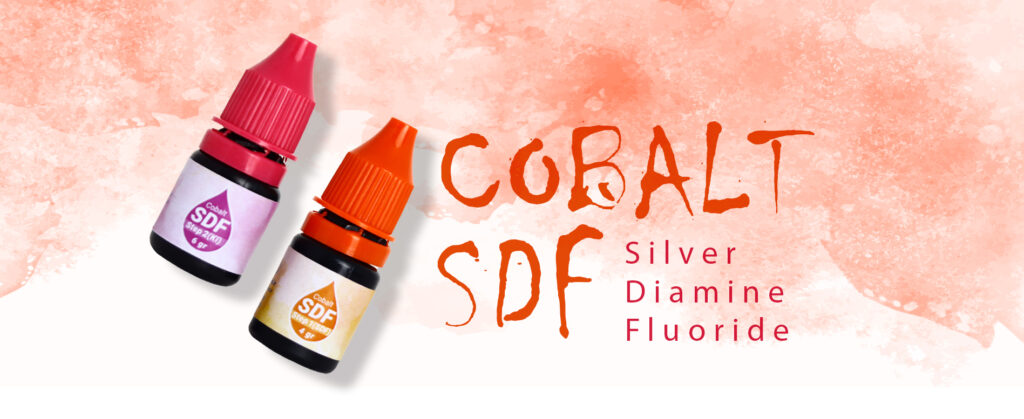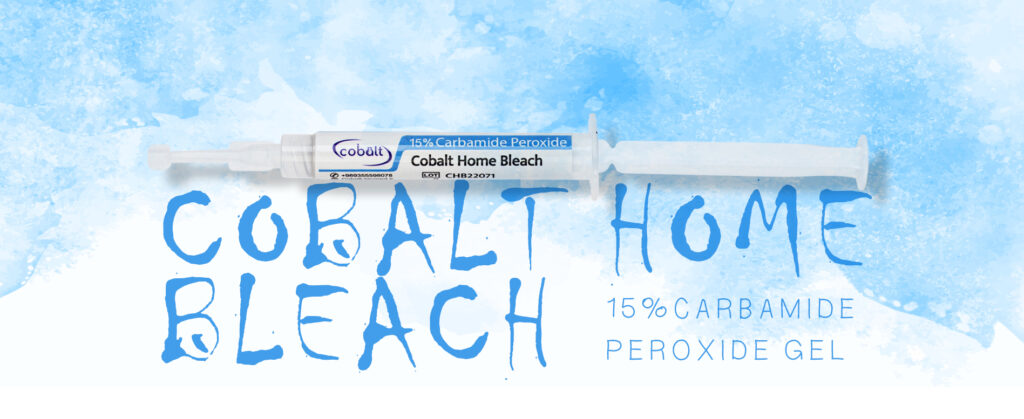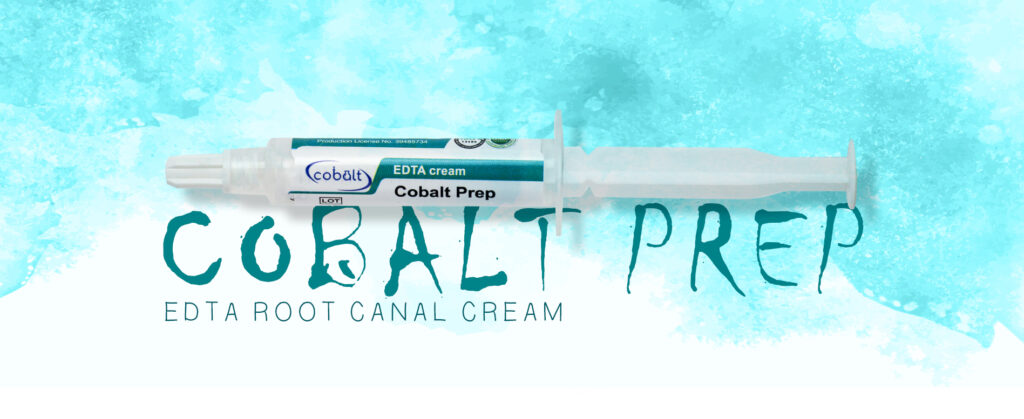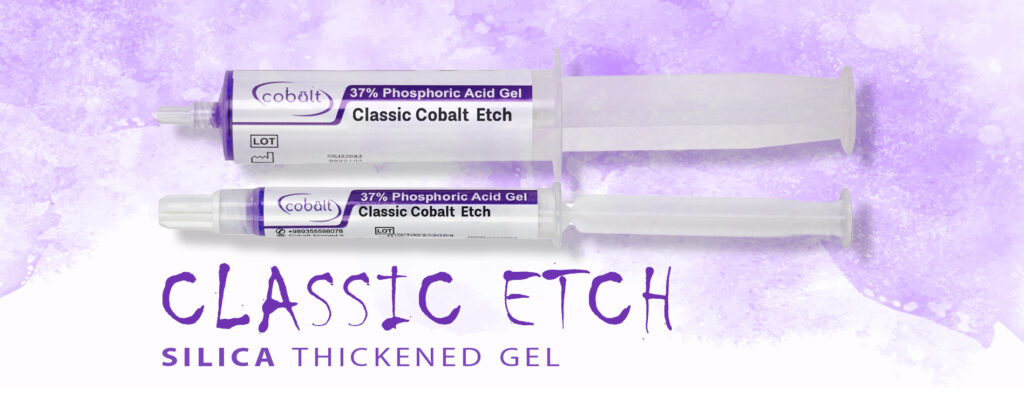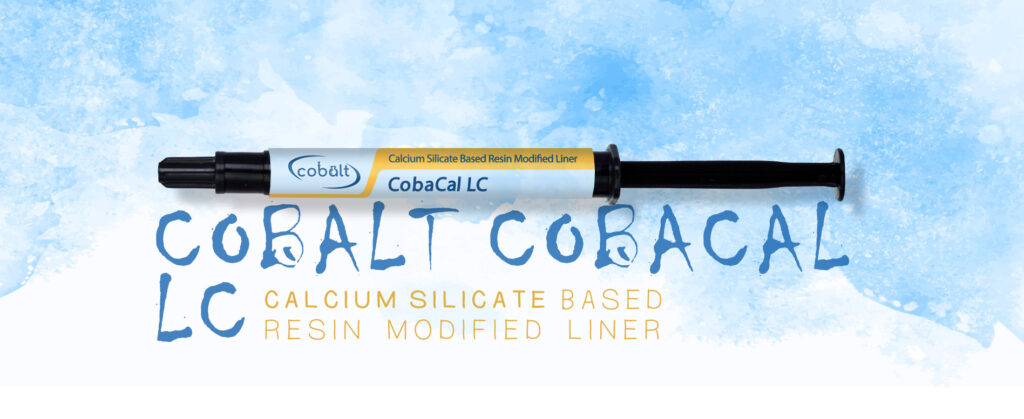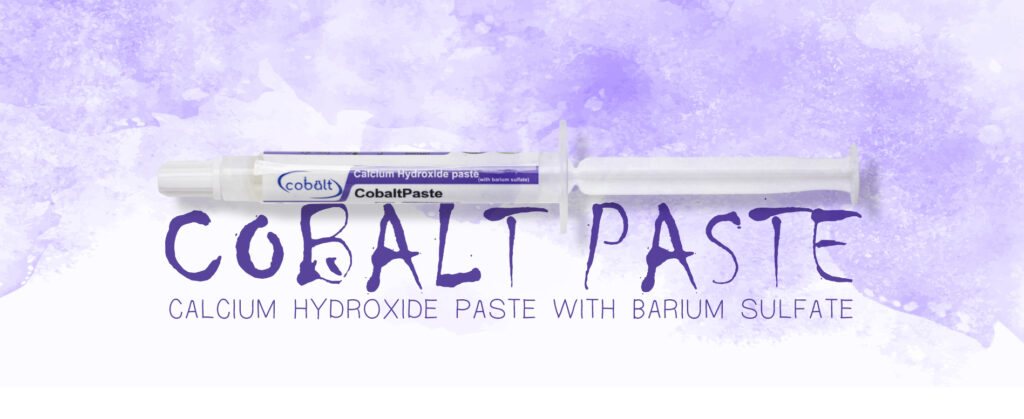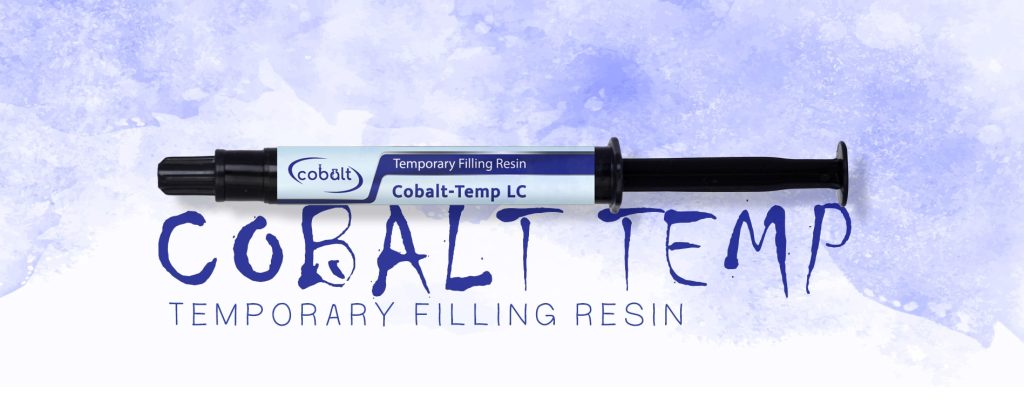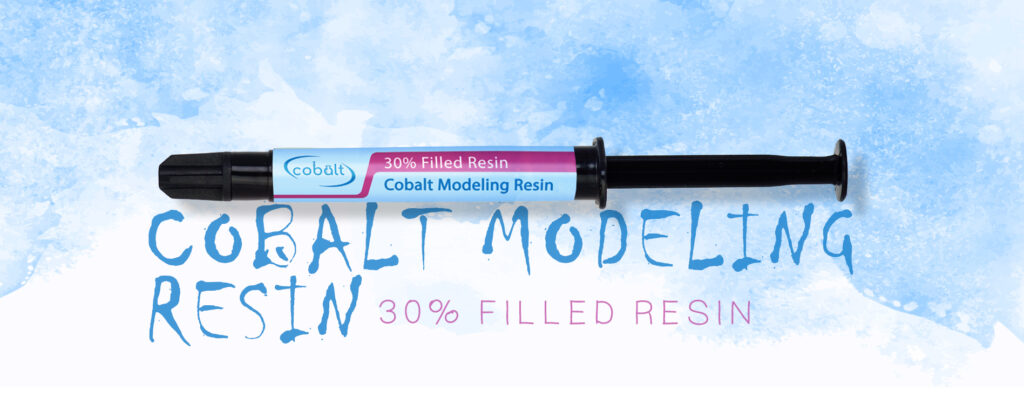Product Description:
Cobalt Resin Infiltrant is used to treat initial enamel caries (white spots) on smooth tooth surfaces. This product can also be applied to treat fluorosis lesions, either alone or in combination with bleaching and microabrasion treatments. Proper case selection is crucial for successful outcomes. Although studies have shown that this treatment can prevent the progression of early caries, it can only restore the appearance of enamel in superficial lesions. Therefore, aesthetic success has been reported at around 50%.
This treatment is specifically for enamel lesions and should not be applied to exposed dentin. It is not suitable for use in cavitated teeth and is not intended to be a filler for such cases.
Indications:
- Conservative treatment of enamel caries
- Aesthetic treatment of white spot lesions and mild fluorosis
Usage Restrictions:
- This product is not intended for use in cavitated enamel.
- It should not be used if sufficient gingival protection and drying of the enamel cannot be achieved.
- Caution should be exercised in patients with a history of chemical sensitivities.
- If the patient cannot cooperate to allow proper isolation of the targeted tooth, this treatment is not recommended.
Instructions for Use:
- Pre-Treatment Preparation:
- Clean and dry the tooth surface thoroughly before starting the treatment. The use of a rubber dam or Cobalt Gingival Protector Gel is recommended to ensure proper isolation and drying. For older lesions and mild fluorosis, pre-treatment with bleaching or microabrasion can improve the aesthetic outcome.
- Enamel Etching:
- The acid etching gel included in this kit is 15% HCl, different from the 37% phosphoric acid used in adhesive treatments. Before applying, test the acid syringe outside the mouth to ensure controlled flow. If the acid flows with too much pressure, trim the plastic tip slightly and retry.
- Apply the appropriate amount of acid to the lesion surface and allow it to act for 2 minutes. It is recommended to extend etching 2mm beyond the lesion if its borders are clearly visible. If the lesion appears diffuse, etch the entire surface.
- After 2 minutes, remove the acid with suction and rinse for 30 seconds, then dry thoroughly with oil-free air.
- The etched enamel must not be contaminated with saliva or other fluids. If contamination occurs, re-etch the surface for 10 seconds, rinse, and dry with alcohol.
- Drying the Lesion:
- Test the drying syringe outside the mouth to control the flow of liquid. Apply the drying agent to the lesion and leave it for 30 seconds. If the frosted appearance of the lesion does not disappear, repeat the etching process. After 30 seconds, evaporate the drying solvent completely with air until a chalky appearance reappears. Do not touch the etched enamel before resin infiltration.
- Resin Infiltration:
- Apply an appropriate amount of infiltrant resin to the thoroughly dried lesion. Allow 3 minutes for the resin to infiltrate. Ensure the dental light is turned off during this step. Remove excess resin with a cotton roll. If the white appearance of the lesion disappears before curing, light-cure the resin for 60 seconds. Otherwise, reapply resin, wait 1 minute, remove excess, and cure.
- For larger and deeper lesions, extending the infiltration time improves aesthetic outcomes.
- Polish the surface until all resin residue is removed, leaving a smooth finish.
Clinical Notes:
- In case of accidental contact with the eyes, rinse thoroughly with water and seek medical attention immediately.
- Avoid contact with acid on root surfaces, dentin, gingiva, and other teeth.
- Always use the provided needle tip for precise acid application.
- Before intraoral use, test the acid syringe outside the mouth to control the flow, and if needed, trim the tip for smoother application.
- Ensure the syringes of acid, drying agent, and resin are tightly sealed after use to prevent air or moisture contamination.
Storage Conditions:
- Store away from direct sunlight at a temperature between 5°C and 25°C.
- Refrigeration in tropical climates can prolong the product’s shelf life.
- Avoid storing the product at temperatures above 35°C or below 3°C, as this may cause phase separation. Avoid prolonged exposure to these temperatures.
Manufactured by:
Fartak Andisheh Borna Company, Tehran, Iran, Tehran University of Medical Sciences



